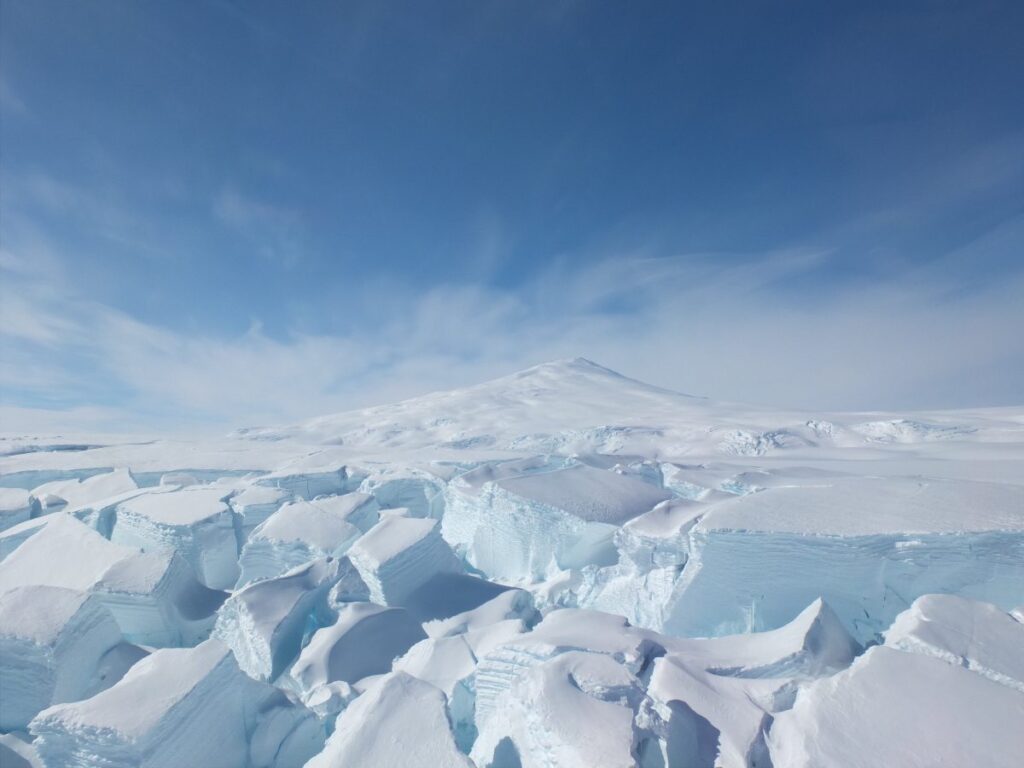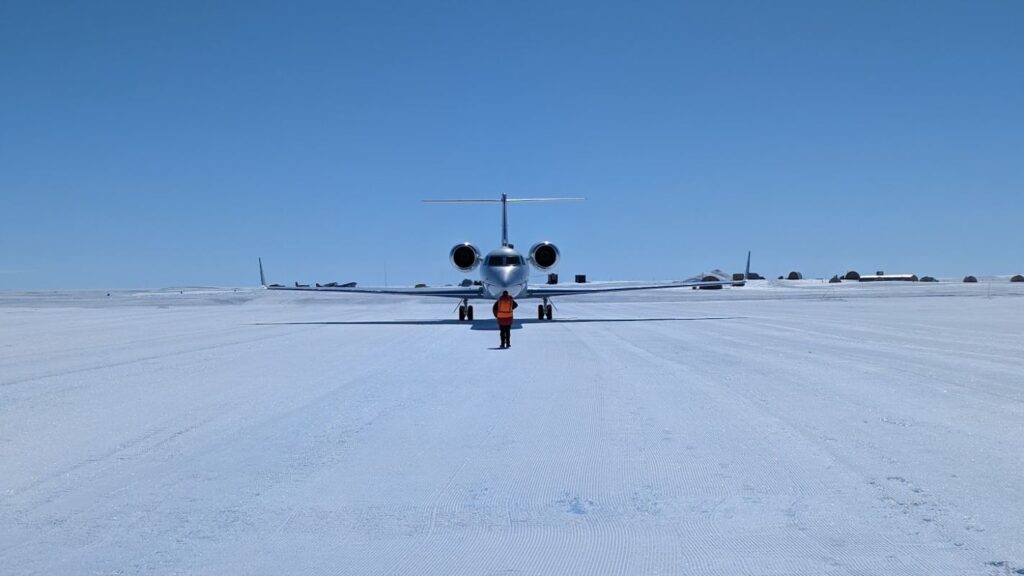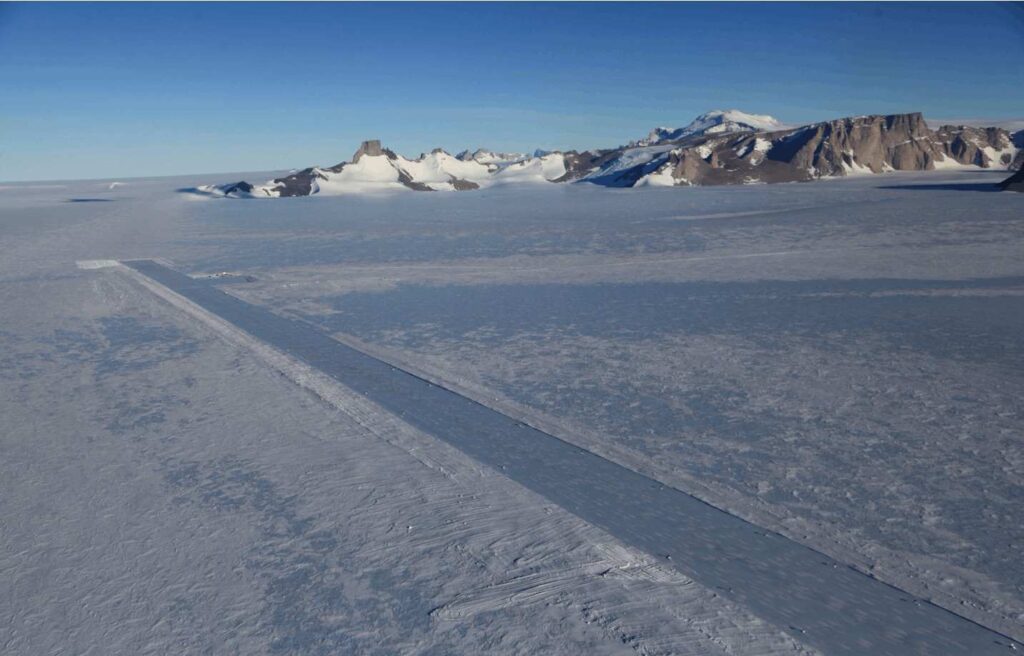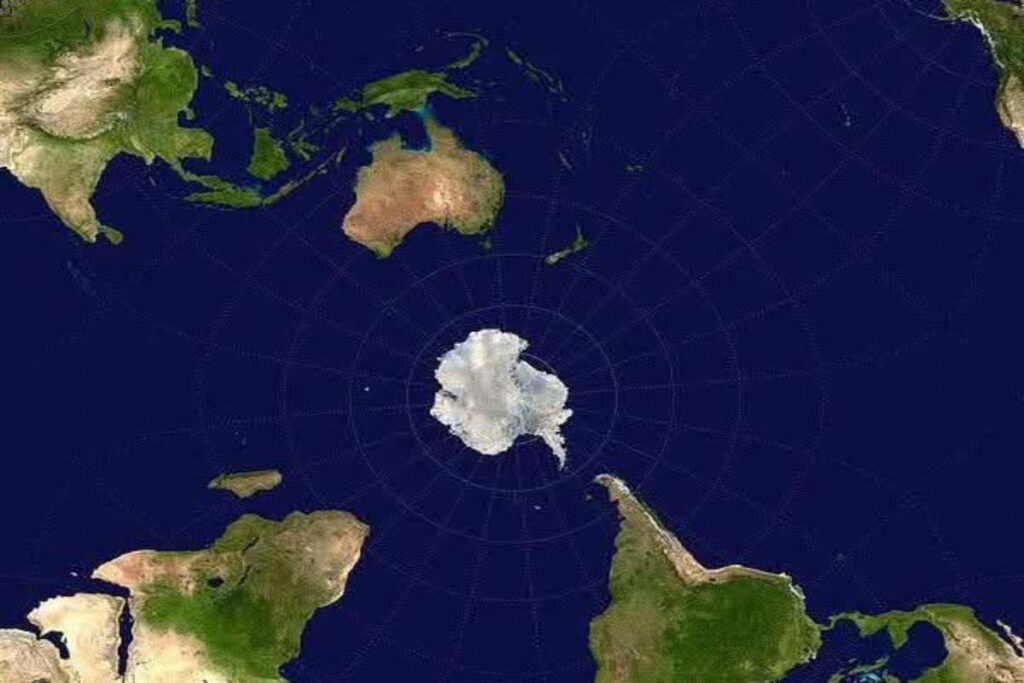The skies over Antarctica are virtually empty, and no one seems to know precisely why. So, just in case you’ve been fantasizing about visiting the continent, this article will interest you. Here, we will answer the popular question, “Why can’t we fly over Antarctica?”
The truth is, we can!
“Antarctica is the Earth’s most mysterious continent. It is also by far the most dangerous to fly over.”
Every year, people visit the continent for various reasons, including tourism. But only a handful of flights qualify. That’s because getting authorization for the trip is a difficult task for reasons you are about to find out.
Antarctica is the Earth’s most mysterious continent. It is also by far the most dangerous to fly over. A minor mistake by a pilot or a slight change in the elements could mean not returning.
Unfortunately, many pilots haven’t lived to tell the story. It’s no surprise that the most seasoned pilots avoid the continent.

In June 2025, a young pilot overcame the fear. Fueled by a raw adventurous spirit, 19-year-old American teenager Ethan Guo flew a small aircraft to the freezing-cold continent alone. But a few hours later, he was arrested by local authorities.
Guo was detained at Teniente R. Marsh airport, one of the continent’s 12 airports, shortly after his aircraft touched down. Afterward, he was brought to court for approaching the continent without permission.
Guo knew that neither he nor his plane could meet the flight requirements. But the young man was desperate to become “the first person ever to fly to all seven continents solo.”

After visiting the six other continents, Antarctica was the only missing piece of the puzzle. It was also by far the hardest nut to crack. But Guo was determined. He was ready to do whatever it took. Breaking aviation laws seemed the most appealing option to him.
Antarctica By Any Means Necessary
To accomplish his mission, Guo decided to submit a false flight plan. The plan marked Punta Arenas, the southernmost city in Chile, as his intended destination.
He was to fly over the city and no further. But mid-way into the flight, he suddenly turned his plane toward Antarctica.
“Regardless of the presence of a dozen airports and airfields on the continent, no commercial flights are allowed.”
According to Chilean authorities, Guo’s deviation from the flight plan triggered an alarm. He was charged with breaking two articles of the nation’s air laws. If found guilty of one of them, he could face some prison time.

Regardless of the presence of a dozen airports and airfields on the continent, no commercial flights are allowed. Equally interestingly, some of the airports and airfields are only in use during certain seasons. Only a few are operational throughout the year.
Why is it so difficult to fly to Antarctica? Your answers are right here. We are about to uncover the mystery of aviation in Antarctica—the Earth’s coldest and least-inhabited continent.
Why Can’t We Fly Over Antarctica?
Although technically legal, flights over Antarctica are highly restricted. Despite not being one of the world’s no-fly zones, climatic, political, safety, and economic reasons have made the fifth-largest continent inaccessible to billions of people. Here they are:
It Has the Scariest Weather
One of the reasons for the strict Antarctic airspace restrictions is the highly hostile and unpredictable weather conditions. The atmospheric condition on the continent is every pilot’s worst nightmare.
First, the continent is extremely cold. With temperatures as low as -60 degrees Celsius, the aircraft’s fuel is at risk of freezing, which can cause a malfunction and potentially lead to a crash. Some parts of the plane may also fail due to the freezing weather.

Also, Antarctica experiences some of the most violent winds. With wind speeds of up to 125 miles per hour, any aircraft is undoubtedly in a danger zone. Storms can advance quickly, lowering atmospheric visibility in just a few hours.
A Lack of Sufficient Aircraft Infrastructure
The loneliness of the continent has cancelled out the need for commercial flights. As a result, there is also no major aerospace infrastructure or facilities available.
“The airfields are just little runways full of ice and only safe for smaller aircraft.”
The runways are incapable of accommodating large aircraft. Therefore, there is no suitable spot for an emergency landing. The airfields aren’t always conducive for use, and when they are, they are just little runways full of ice and only safe for smaller aircraft.
Antarctica’s air infrastructure lacks robust navigation aids such as radar towers, beacons, and communication equipment. An airplane in distress would be unable to get crucial and life-saving assistance.
Another hindrance to navigation in Antarctica is its closeness to the South Pole. For this reason, magnetic compasses are susceptible to excessive magnetic variation. As a result, the compass readings become too inaccurate to be relied upon.
Added to that, the continent is far away from the rest of the world. The closest nations, Australia, Chile, and South Africa, are thousands of miles away. In the event of an air mishap, help would be very far away.
Airlines Don’t Think It’s a Smart Thing to Do
Airline regulations are another reason why flying over Antarctica is difficult. One of them is the Extended-range Twin-engine Operational Performance Standards (ETOPS) rule.

This rule specifies how far a twin-engine aircraft can move away from the nearest airport. Based on the various ETOPS certifications of aircraft, they cannot be more than a certain number of hours away from an airport or landing site.
“The airspace over Antarctica isn’t in the direct path of any commercial flight destinations.”
For example, if an airplane develops a fault in the air, the ETOPS restriction allows it to reach an airport in time for an emergency landing. But in the case of Antarctica, there is no emergency landing site close enough for any plane in need of an emergency landing site.
Also, flying over the continent isn’t a wise economic decision. This is because the airspace over Antarctica isn’t in the direct path of any commercial flight destinations.
Many Countries Think So Too
An agreement between more than 50 countries has made Antarctica off-limits, except for specific purposes. The Antarctic Treaty of 1959 reserves Antarctica for peaceful and scientific purposes.
Fifty-six countries, including the United States, Russia, and China, agreed that there would be no military exercises on the continent. The treaty also banned nuclear testing and environmentally harmful activity.

Although the treaty limits aviation in Antarctica, it doesn’t ban flights to the continent. However, the agreement limits the area’s infrastructural development.
Anyone who has enjoyed the privilege of flying over the South Pole can testify to the minimal level of aviation facilities on the continent. The few research-inclined facilities on the ground had to be authorized.
Real Exceptions: Military and Scientific Flights
Aviation in Antarctica is mainly restricted to military and science-related flights. Military flights are used for the transportation of personnel and cargo, and are not conducted for military exercises.
These flights only convey researchers, soldiers, and other personnel to the over 70 research stations on the continent. The staff of these stations are the few temporary inhabitants of the continent.
“Contrary to widespread speculation, flights to the continent aren’t against the law. What’s against the law is visiting without authorization.”
These include about 5,000 people. Many of them are scientists from more than 30 nations. In addition, there are engineers, medical personnel, cooks, and other support staff. All of them are collaborating on research.

The staff are working hard to study climate, biology, the glaciers, and even the skies. Camped in their various research stations, they hope to discover crucial information for their home countries.
Common Myths About Flying Over Antarctica
If you’ve been discussing flights to Antarctica, you must have come across some popular myths. Let’s examine the most common ones.
- Flights Over Antarctica Are Illegal
Contrary to widespread speculation, flights to the continent aren’t against the law. What’s against the law is visiting without authorization. All you need to do is find a licensed operator who has met all the safety requirements for the trip.
- There Is Alien Activity in Antarctica
There is no known alien presence in Antarctica. Neither are there any underground worlds on the continent. Aside from the few thousand humans on the ground and some wildlife, there is no other form of existence.
- There Is Secret Government Activity in Antarctica
Another popular conspiracy theory surrounding Antarctica is the existence of some secret and immoral government activity. The activities on the continent are pretty transparent in compliance with the Antarctic Treaty, which allows signatories to inspect one another’s work.
Have you ever dreamed of visiting Antarctica in the future? What are some of the myths and conspiracy theories you’ve heard about the place?


